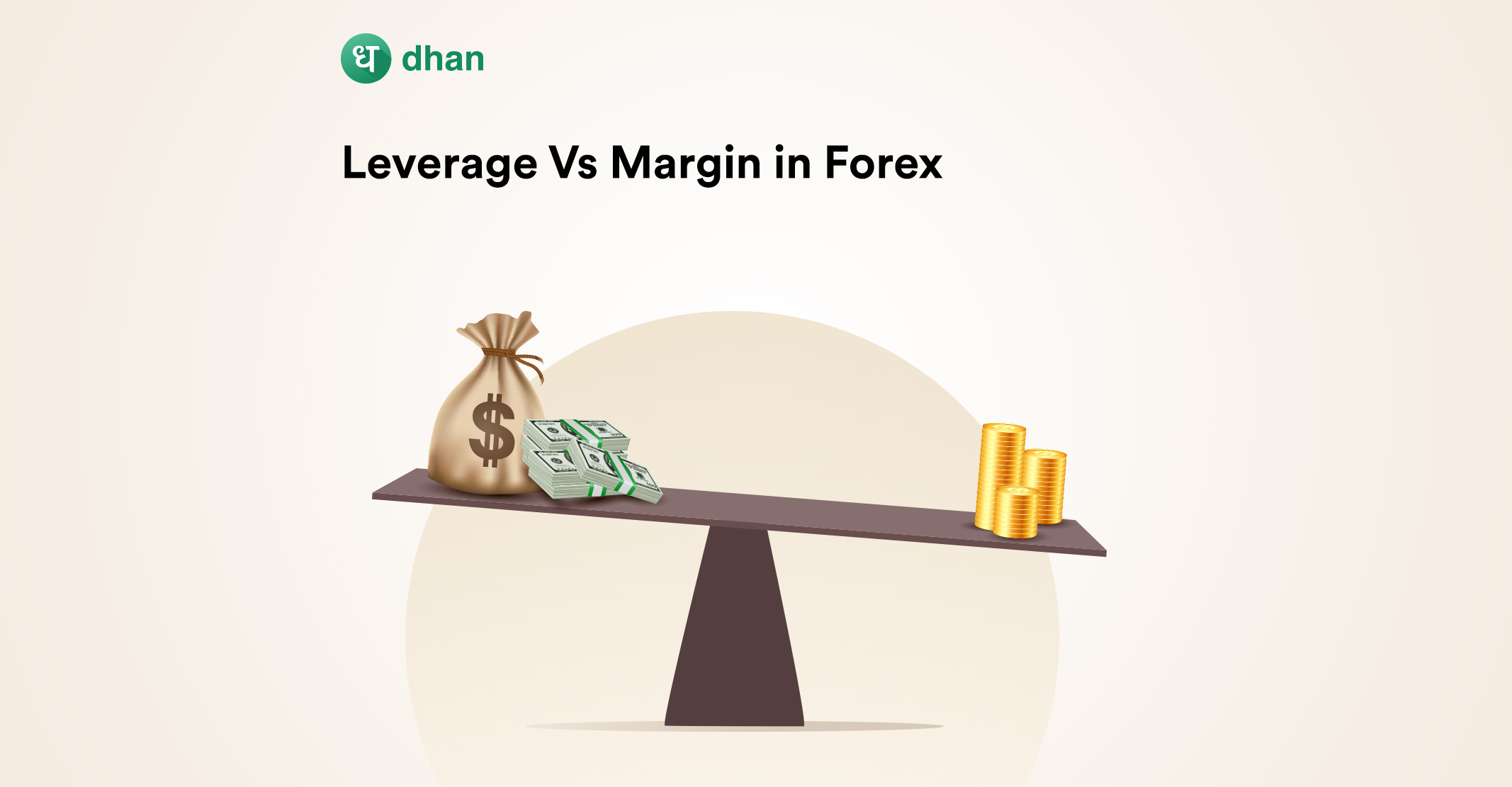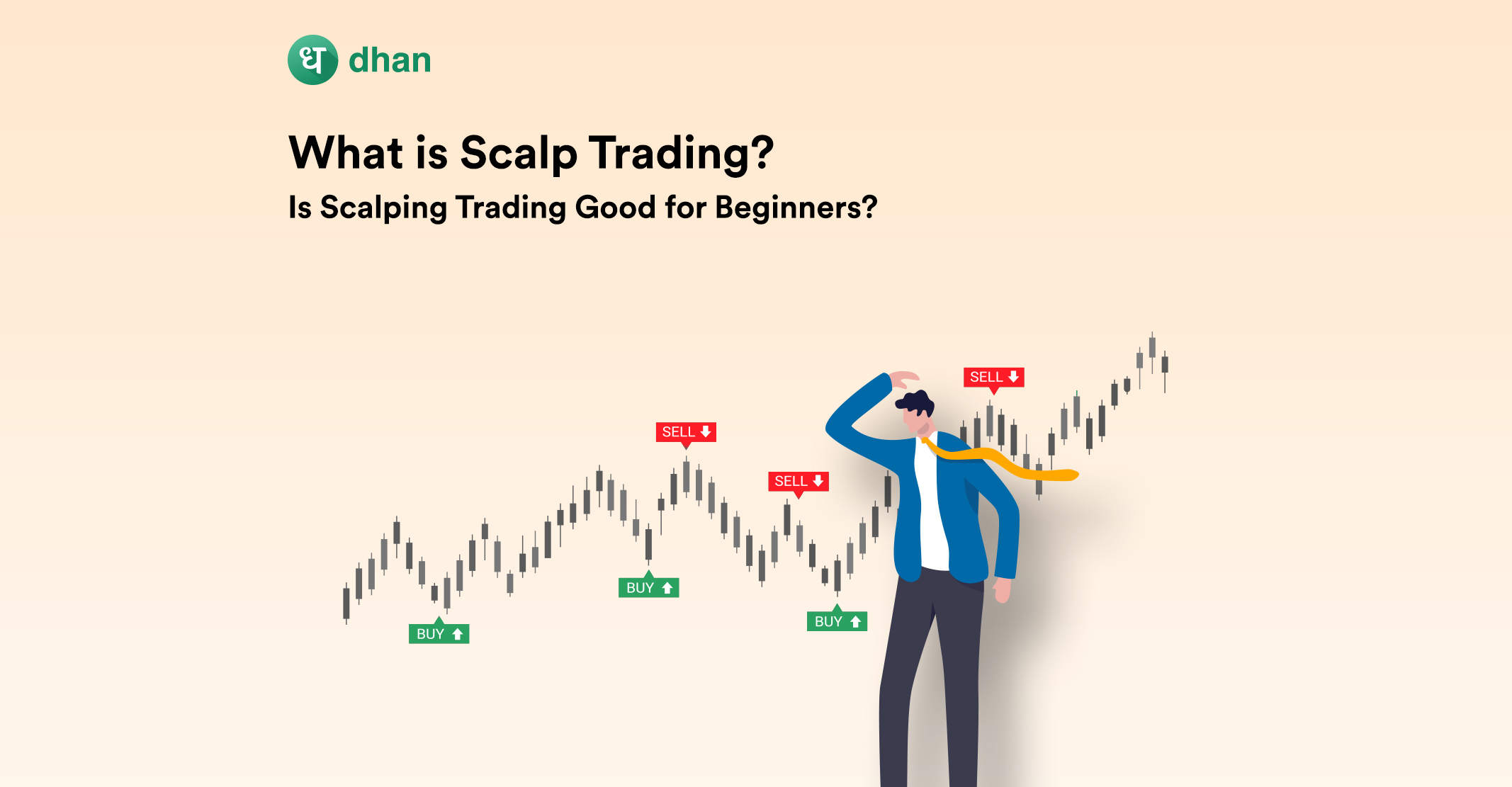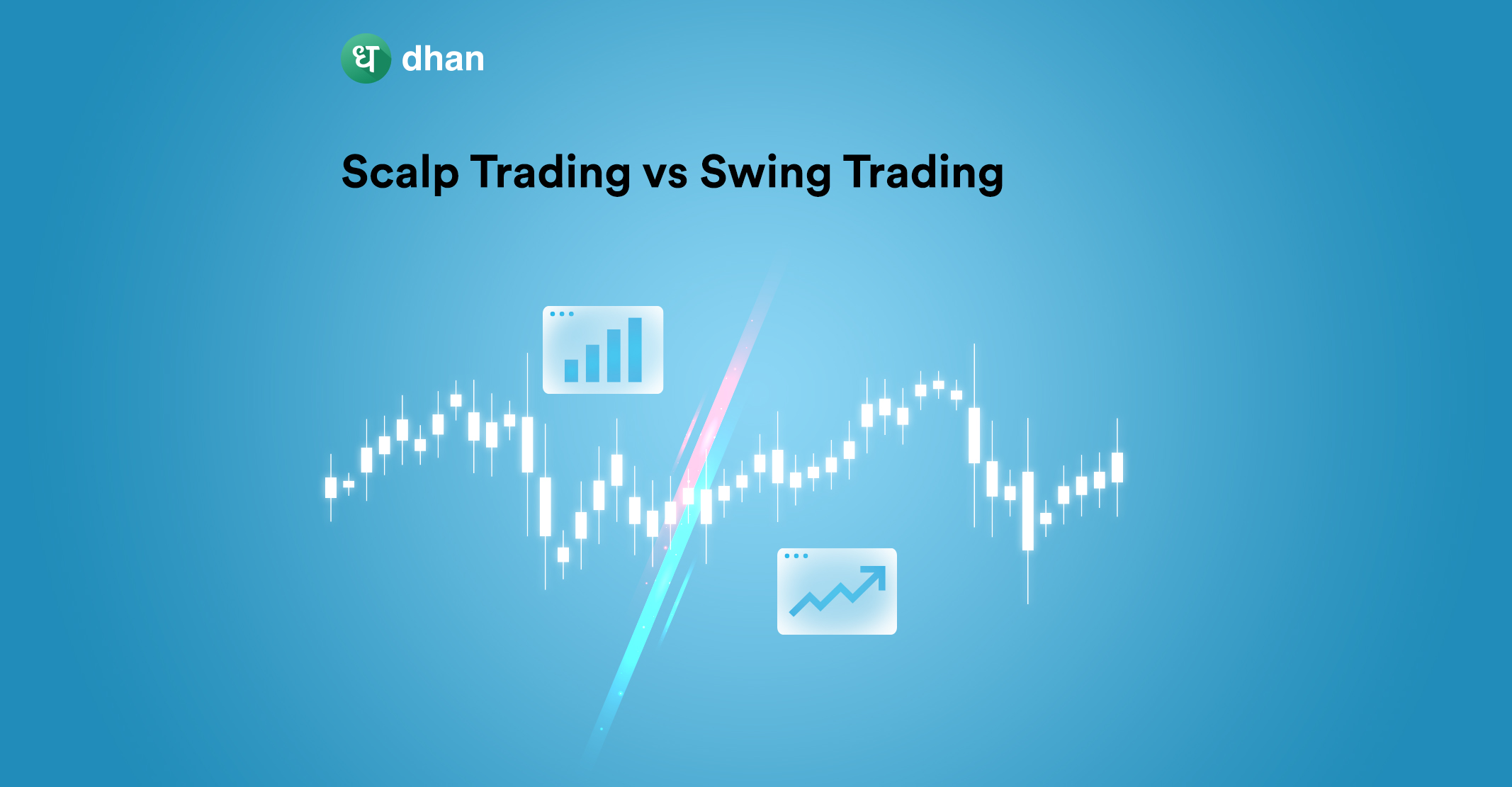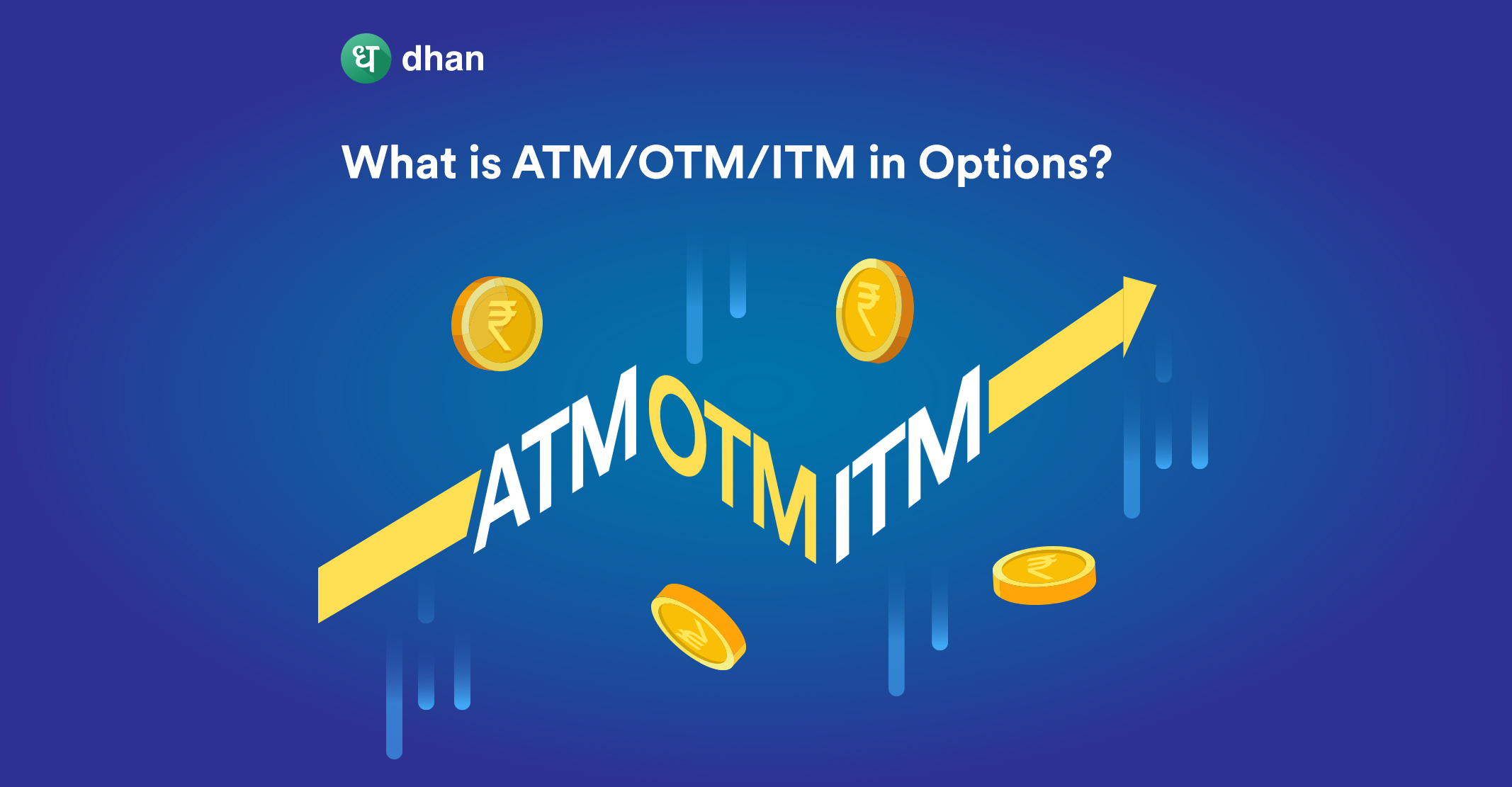Foreign exchange or Forex is a global marketplace involved in the exchange of different currencies. Traders earn profit by predicting the rise and fall in currency values. To get started with online forex trading, you must have money in your trading account.
If you do not have enough funds to trade in a particular currency pair of your choice, don’t worry. The concepts of “margin” and “leverage” can help you out. Although both terms go hand in hand, there is a slight difference between them.
What Is Margin in Forex?
Margin in forex is the money you deposit in your trading account to take a position on trading a currency pair. It serves as a security or a good faith deposit – either viewpoint works and the goal is to ensure that you split the risk to some degree along with the broker while taking up a position.
Margin in forex is generally defined as the ratio between the total value of the currency trade and the total leverage provided by the broker, expressed as a percentage.
Borrowing money from the broker allows traders to increase their trading and purchasing power in forex. For instance, if you want to trade a lot of EUR/INR without margin, you will require the amount of Rs 1,00,000 in the account.
However, if you are trading with a margin of 1%, you need to deposit Rs 1,000. The broker will provide the rest. The Rs 1,000 will be your margin.
This helps forex traders who do not have the entire capital to make a trade with the additional leveraged received on the margin from the broker to trade in forex.
As a trader, if you do your research, the answer is yes to is forex trading profitable! You can earn forex trading profit in many ways by margin funding. There are two concepts related to margin: Initial and Maintenance Margin.
1. Initial Margin
An initial margin is a good faith deposit that you make to take up a position at first. This is the minimum amount of money that you’ll need to put up to enter a currency futures or options position.
Let’s say Mr. Karan C, our superstar forex trader, wants to take up a position in USD-INR futures. He’ll open his Dhan Web console to check the price of the contract. The image below will show you what Mr. Karan C sees.
He’ll need to pay a fraction of the total contract value, which is known as the initial margin.
2. Maintenance Margin
Mr. Karan C has paid the initial margin but the value of his trade may rise and fall with the change in the underlying currency pair’s exchange rate. If the price rises, great – Mr. Karan C will make a profit.
But if the value of the currency pair falls below the initial margin, Mr. Karan C will have to pay the difference. This is the amount that must be maintained in the margin account as collateral is known as the maintenance margin.
A scenario where there’s not enough money in your account can lead to what’s known as a “margin call” where the broker may ask you to deposit more money or liquidate your positions to pay the difference.

What is Leverage in Forex?
Leverage in forex is using borrowed money to magnify the potential returns from the forex trade. In Forex trading, leverage can be obtained by the broker by providing margin funds or securities.
You may be required to pay interest for the leverage availed which varies based on the broker you chose.
Leverage is generally expressed in the ratio between the amount of money you have (initial margin) and the amount you can trade in the market.
For instance, if the leverage given on margin is 5x and you have Rs 10,000 in your account, your leverage would be Rs 50,000 (10,000 x 5).
Leverage amplifies the potential profit and sometimes losses if the trade fails to perform. In this case, the trader may lose a large amount of borrowed money. Thus, leverage in forex is considered a double-edged sword.
How to Find Leverage and Margin?
Here is how you can calculate margin and leverage for your forex trades.
- Leverage= 1/Margin requirement
- Margin requirement= 1/Leverage ratio
The margin requirement in the above example is 1%, so the leverage would be 1/0.01, ending at 100:1.
If the margin requirement is 5% of Rs. 200,000, then the leverage would be 20:1. It was easy, wasn’t it?
Relationship Between Leverage and Margin in Forex?
Now that you have learned about margin and leverage, let’s understand the relationship between the two in the forex market.
Margin is a partial payment made to the broker, while leverage is a loan taken from the broker for trading derivatives.
The margin is represented in the percentage of total trade. For instance, 1% of Rs. 1,00,000 is Rs. 1000. So a trader must have a margin of at least Rs. 1000 to start the trade. In this case, the leverage ratio will be 100:1.
Leverage and margin in Forex are related, this is crucial to understand when you learn forex trading or if you’re coming from trading other financial instruments.
The margin percentage decides how much leverage you will receive on your investment. It increases your profit probability.
However, at the same time, it can also increase the risk of losses, thus proving to be a double-edged sword.
The risk level is high because you can make higher-value trades with a lower amount. While you can potentially earn big, in case your trade goes in the opposite direction, you can get involved in a daunting situation to cover the cost of loss.
Conclusion
You can trade on margin and utilize leverage to extract profit from your trades. However, you have to be careful of the leverage amount and trade wisely. As the leverage increases, it increases the risk that you’re taking on for each trade.
That’s why you need to trade in forex after understanding that leverage and margin are double-edged swords. However, you can still trade currency derivatives by having solid forex trading strategies in place.
Like this? Then you’ll love:



